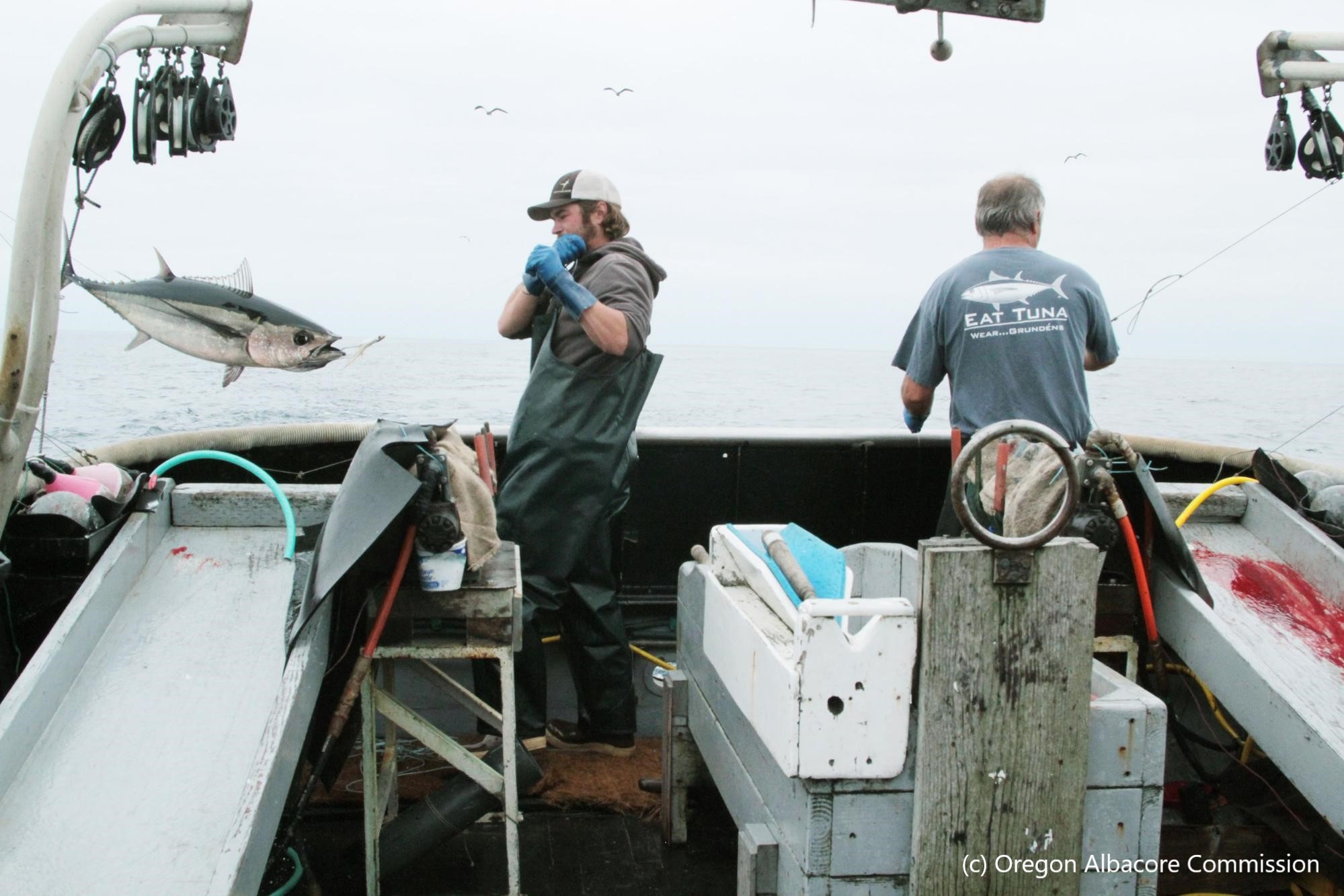
OAC troll albacore tuna

Location & History
The Oregon Albacore Commission (OAC) troll fishery comprises independent family fishermen who have all chosen one-by-one albacore fishing as a lifestyle. The OAC is an industry-funded state commodity commission, under the Oregon Department of Agriculture. The Commission was established in 1999 at the request of the industry and has a board of five harvesters, three buyers, and one public member.
How is the Tuna Caught?
Trolling is a popular one-by-one fishing method. During troll fishing, artificial lures on barbless hooks called ‘jigs’ are pulled at a slow speed through the water from varying lengths of line that are attached to the back of the boat on outriggers. The disturbance of the surface waters caused by the dragging, resembles the movements that small fish make and attracts the tuna to the boat. When a tuna is caught, the fisher hauls in the line and removes the tuna, returning that same hook and line to the water, after.
This gear type is very selective, which means it catches only albacore tuna and very low bycatch. Bycatch, also known as non-target species, are animals that the fishery doesn’t want to catch, such as dolphins, turtles or sharks. The use of a single hook and line per fisher means that there is very little bycatch, and because fishing takes place at the surface of the ocean, there is virtually no negative impact on different marine habitats.
Unique Features
The OAC works closely with the other one-by-one associations in the region; the American Albacore Fishing Association (AAFA) and the Western Fishboat Owners Association (WFOA). One of the Commission’s goals is to continue their cooperative efforts with other albacore associations in the region to come together on a common interest: to fish albacore tuna sustainably in the Pacific Ocean and maintain the livelihoods of the fishermen that work hard to put delicious, sustainable tuna on the consumer’s plate.
Gallery
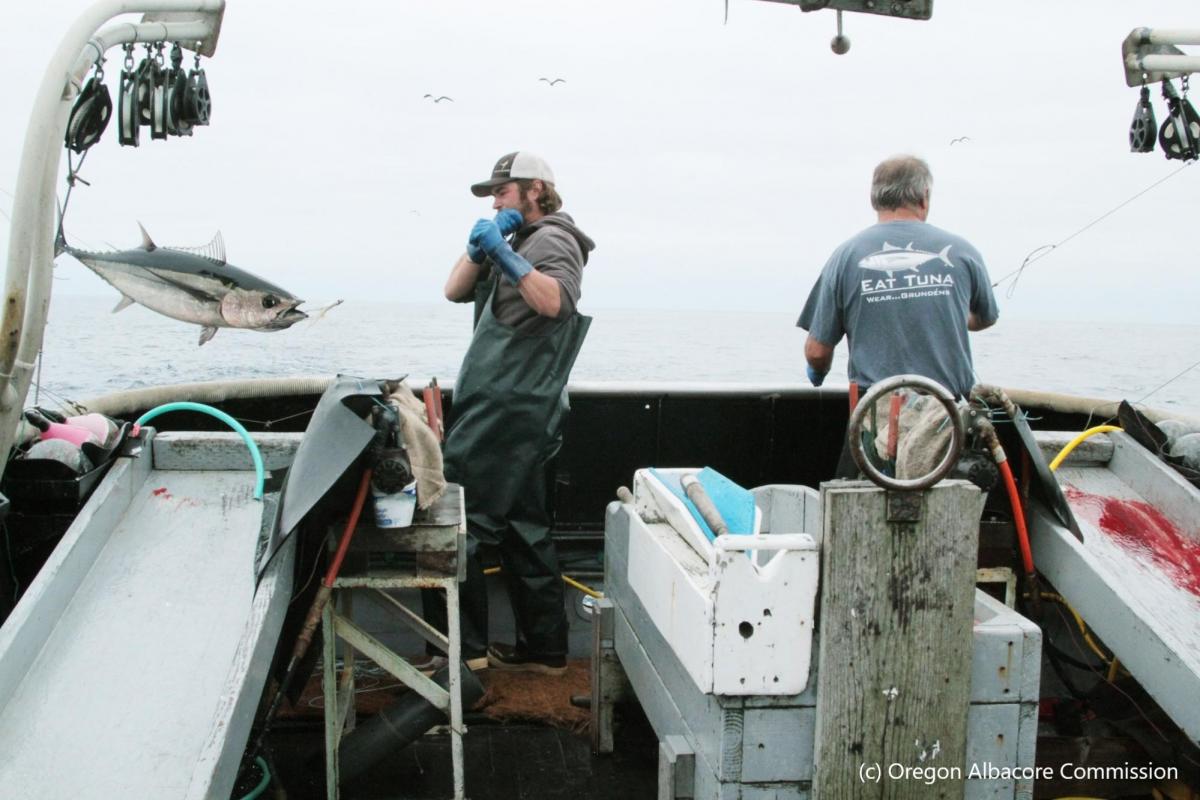
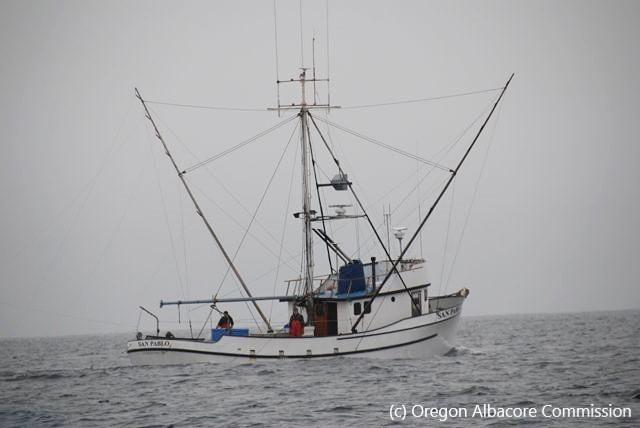
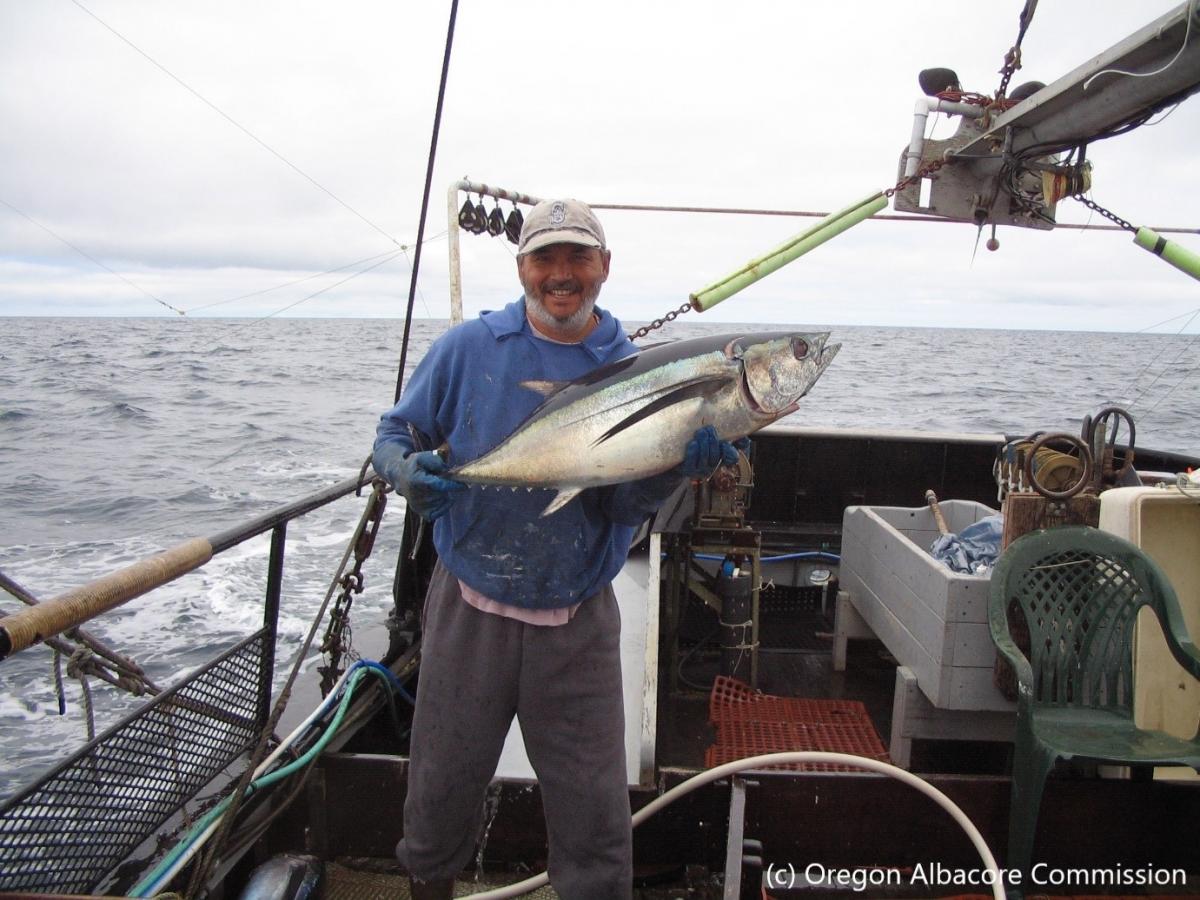
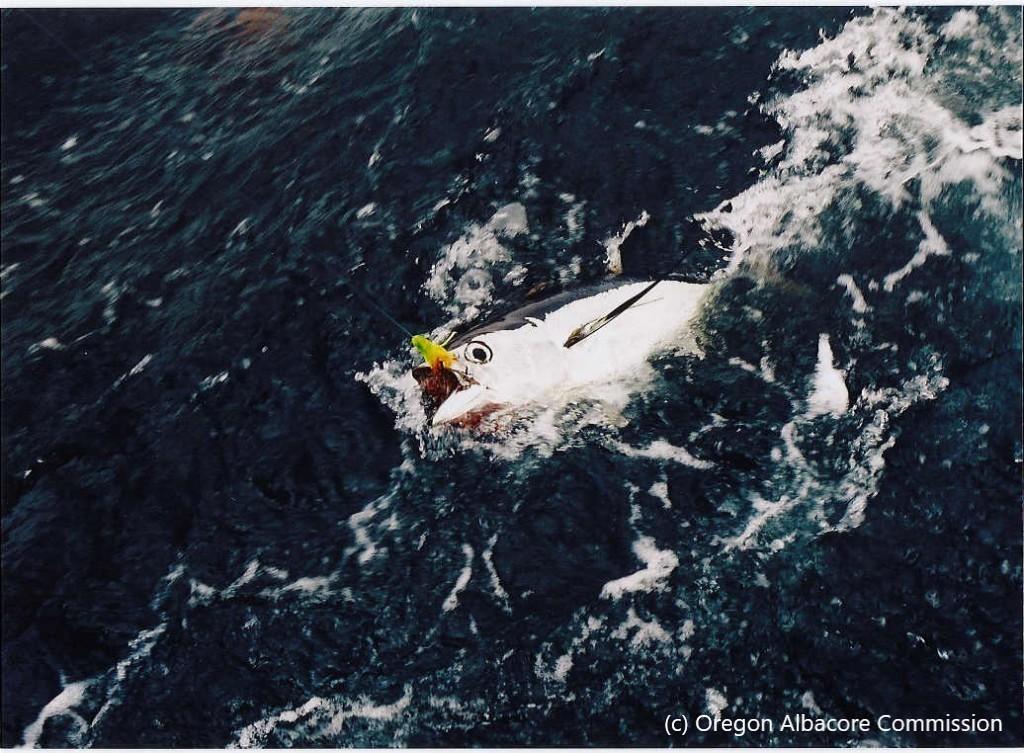
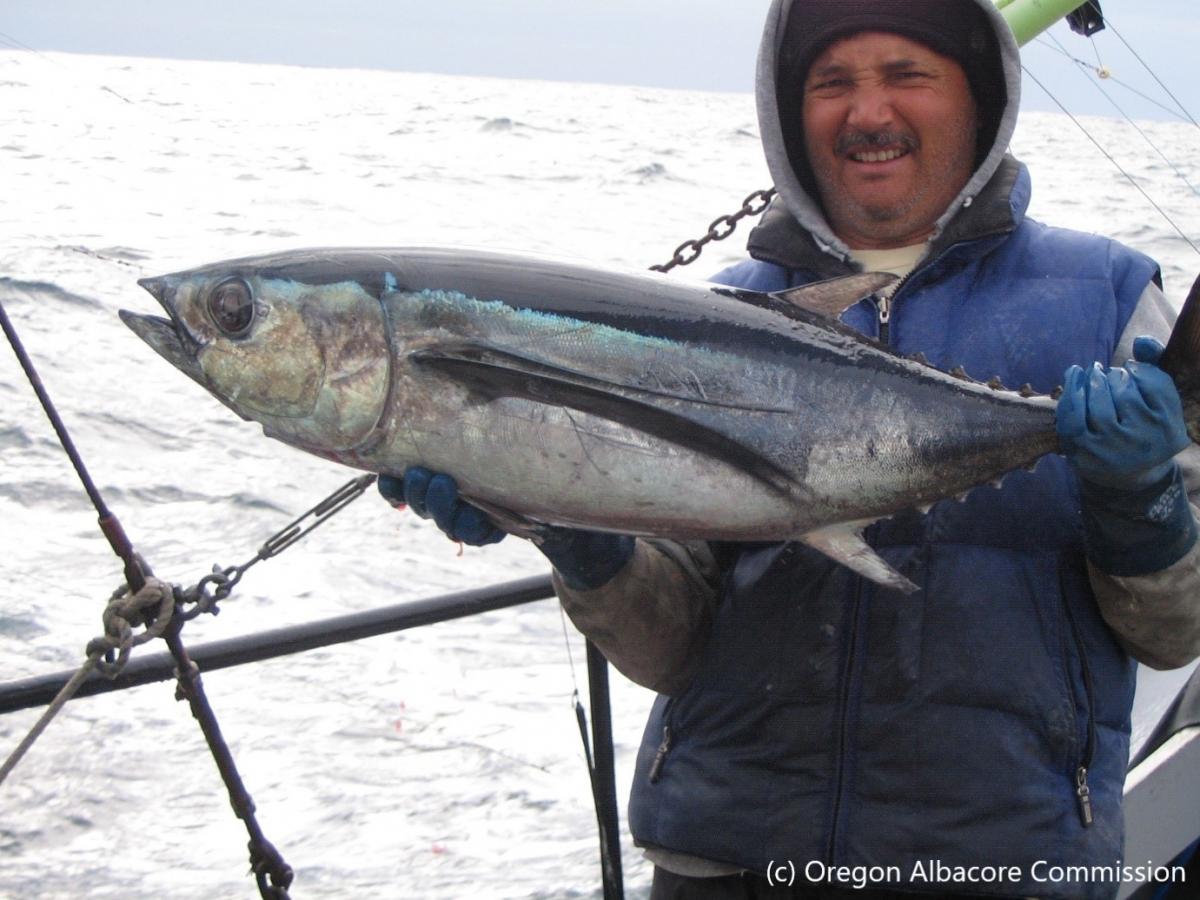
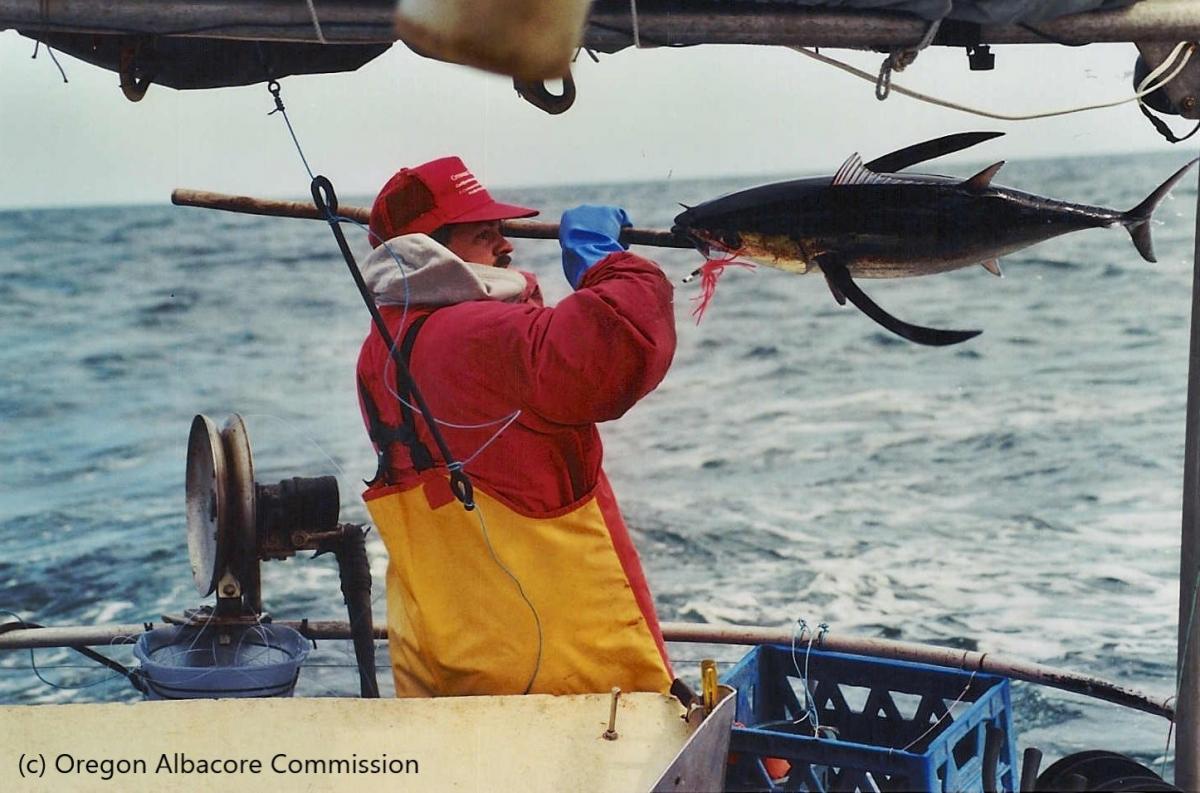
Typical Vessel
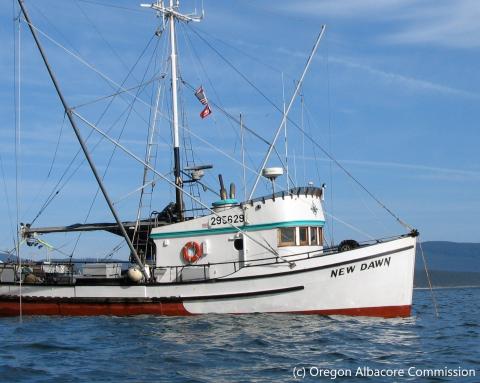
| Item | Value |
|---|---|
| Crew Size | 6 |
| Size Range (m) | 27 |
| Details of Type of Engine | HP power 500 |
| Hold Capacity | 113 t |
| Onboard Cold Storage? | Yes |
Target Species
Albacore Tuna
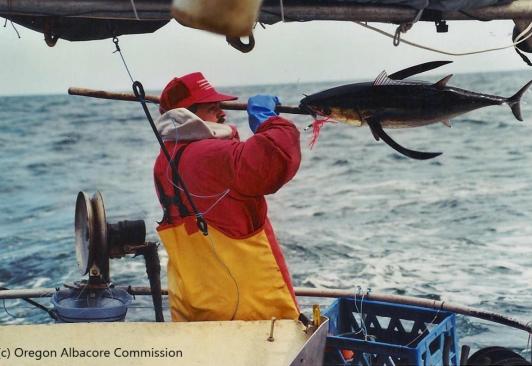
Fishing Gear
Trolling
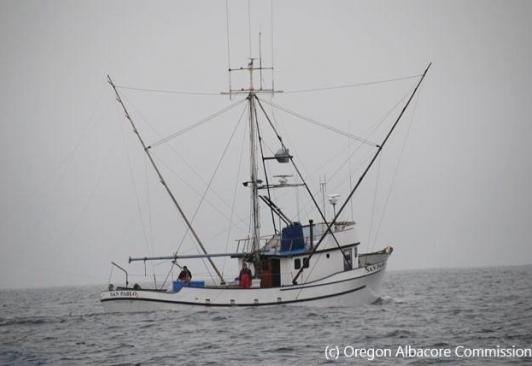

Regional Fisheries Management Organisation
Inter-American Tropical Tuna Commission (IATTC)
Regional fisheries management organisations (RFMOs) are international bodies formed to manage fish stocks in an oceanic area. They include several countries with fisheries operating in that area, and some focus on particular species such as tunas. They are established through international agreements and treaties. RFMOs typically collect fishery statistics, assess fish stock conditions, monitor fishery activity and make fishery management decisions.
The Inter-America Tropical Tuna Commission (IATTC) is an RFMO that is responsible for the management of tuna and tuna-like species throughout the Eastern Pacific Ocean. Established in 1949, this is the oldest of the existing tuna RFMOs, originally being set up for scientific research only.
Stock Status Reports
Albacore Stock Status
2022-11-01The stock status of a fish species signifies whether a species is 'overexploited', 'fully exploited' or 'underexploited'. Different organisations use different parameters to assign these labels. For example, the Food and Agricultural Organisation of the United Nations (FAO) deems any species to have less than 40% of it’s ‘unfished biomass’ to be overexploited.
The aim of assigning stock status to a species is to ensure that catches are kept at a level where future catches will not be affected, in other words, to maintain a healthy, viable population of fish.
In addition to biomass, spawning potential, catch trend and size-age composition may be used to determine stock status. These are important factors to consider as some species are more resilient than others and have different ecological features. For example, albacore tuna are unique in the sense that their primary food source is cephalopods, whereas other tuna species typically target fish as their primary food source. This unique aspect of albacore ecology is important to consider as their overexploitation will have an effect on other trophic levels.
